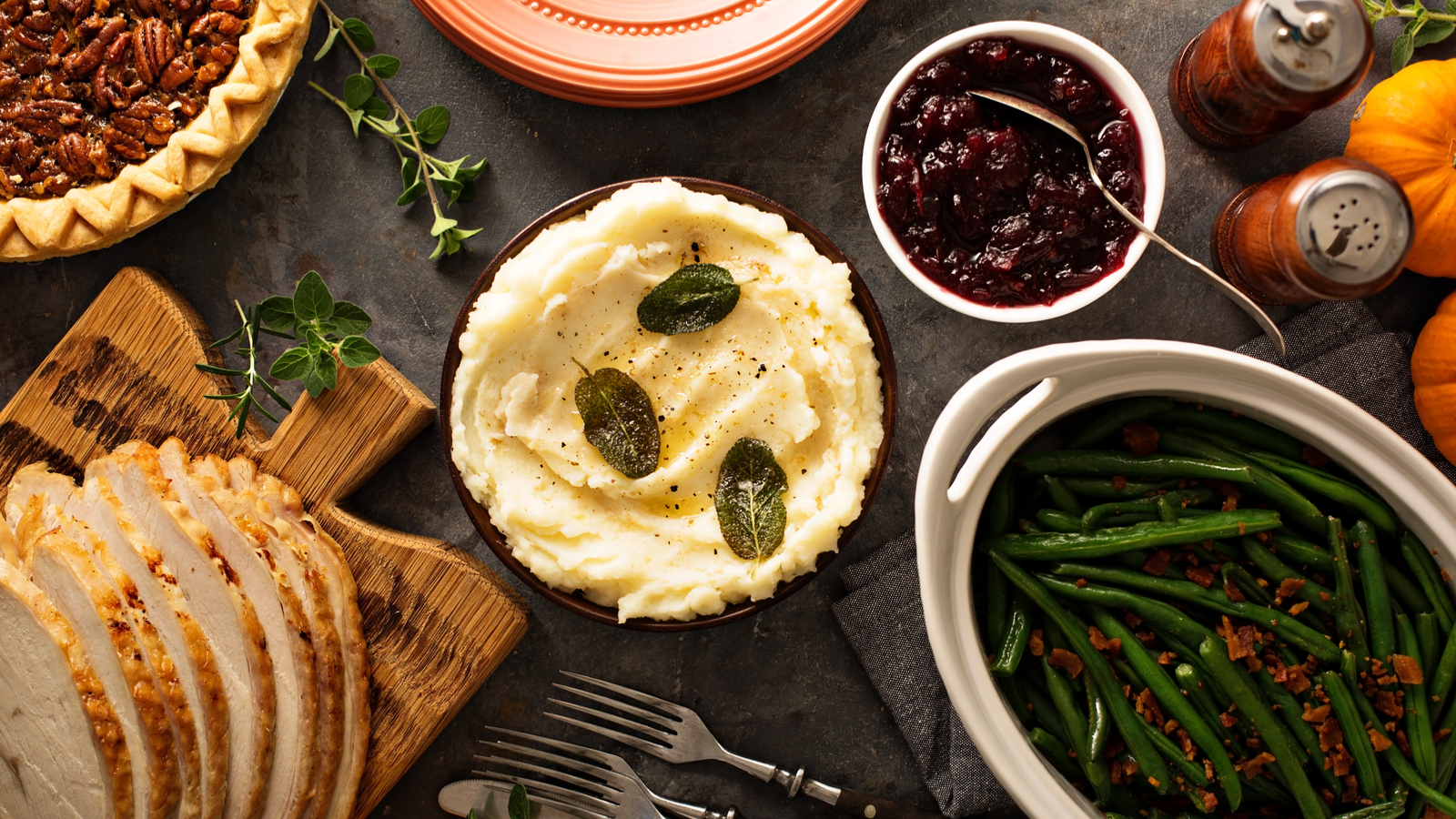Intermittent Fasting During the Holidays
October 30, 2018
byThe IMBOLDN Editors
-
Health & Fitness Hack Your Sleep In Real Time With This Garmin Gadget
Clinical-grade sleep monitoring at your fingertips.
-
Health & Fitness Garmin Just Crushed The Smartwatch Game With The Venu X1
The Venu X1 rivals the Apple Watch Ultra 2 in slim design and features.
-
Health & Fitness These Forerunners Are Basically A Coach, Lab, And GPS Rolled Into One
VO2 max and recovery insights built in.
-
Health & Fitness Suunto’s New Watch Doesn’t Care About Your Email—Just Your Pace
Ghost Runner mode keeps you competitive.
-
Health & Fitness Whoop 5.0 Just Made Your Fitness Tracker Look Dumb
From workouts to wellness, Whoop’s got you.





















